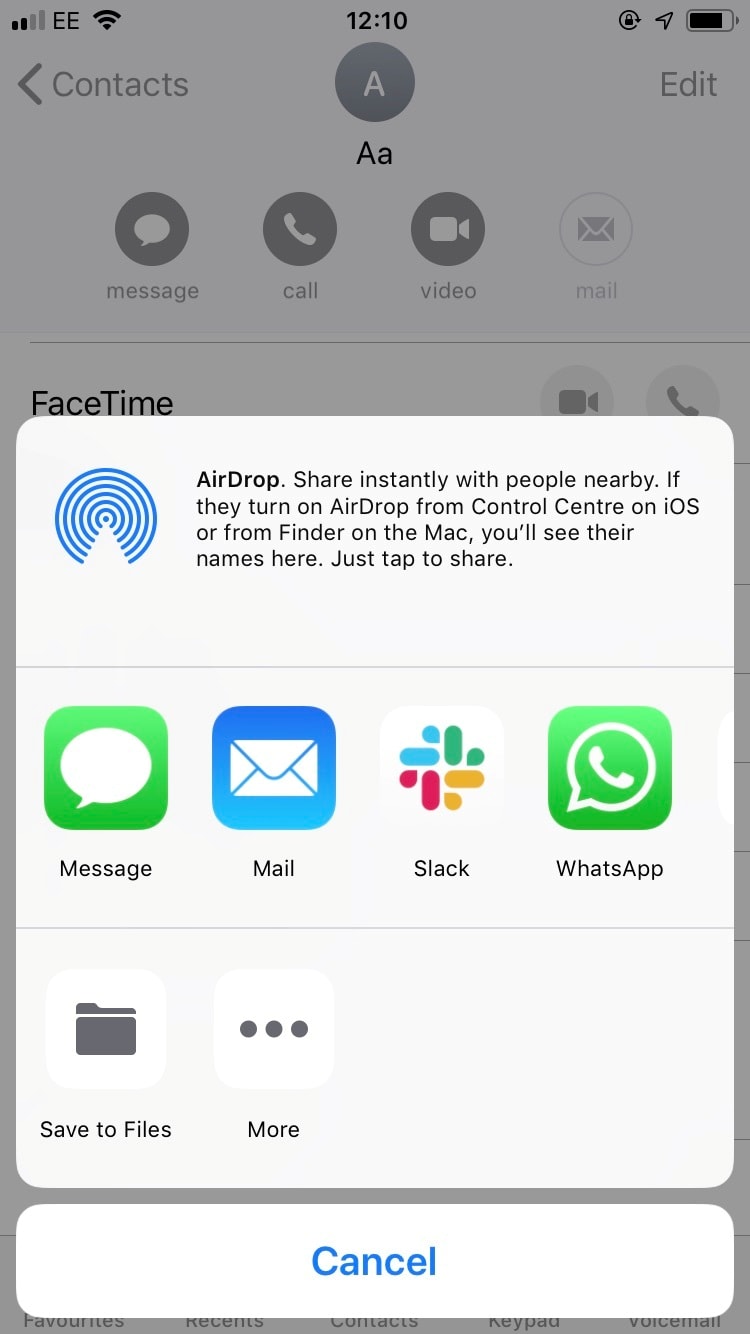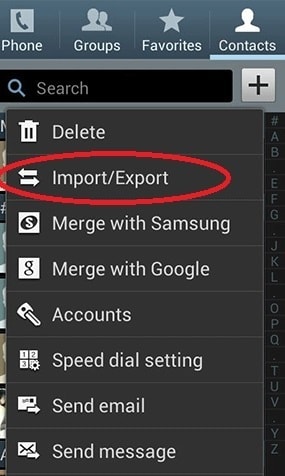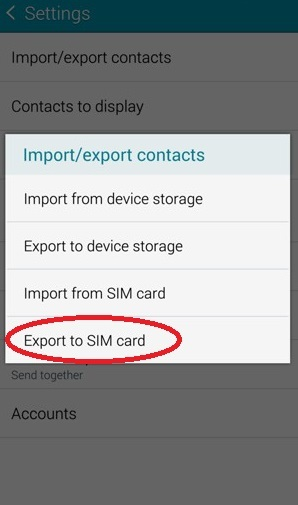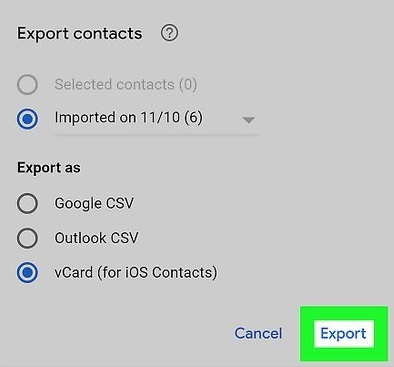acf domain was triggered too early. This is usually an indicator for some code in the plugin or theme running too early. Translations should be loaded at the init action or later. Please see Debugging in WordPress for more information. (This message was added in version 6.7.0.) in /www/contactsmentor_718/public/wp-includes/functions.php on line 6121How to Export Mobile Contacts: A Complete Toolbox of Tips

When you own a smartphone, moving data doesn’t have to be a chore. As long as you understand some of the common ways to export contacts, you can switch devices at will and never have to worry about losing names, numbers or anything in between. Of course, with so many devices and just as many potential ways of doing things, there isn’t a one-size-fits-all strategy.
In practice, what you need is to find a method that suits you and your device. For example, if you’re an Android owner, a good way to export contacts may be to use Gmail. Conversely, if you own an iPhone, the iCloud could be your first choice. In most situations, personal preference will determine the way you save, send and download contacts. However, there will also be times when the operating system you use limits your options.
Whatever the circumstances, we’re here to help. Throughout our site, we cover everything you need to know about handling contacts and more. Regardless of the model you use or how many numbers you have stored, we’ve got a solution to suit. Below, you’ll find some of the top ways to export contacts.
Essentially a gateway towards a more comprehensive selection of guides, this hub is a quick way to identify the methods that suit you best.


Apple likes to make the user experience as smooth as possible. However, over the years, the way in which data is transferred and stored has changed. In our expert guides, we not only tell you what the important changes have been but how you can overcome the problems they have caused. What’s more, we give you the lowdown on how to move contacts from iPhone to other devices.
For example, did you know that you can create XLS files and send data to your desktop computer via Excel? Did you also know that using Google Drive isn’t just reserved for Android owners? In our article on exporting contacts from iPhone, we cover these topics and more.


There are dozens of different Android devices out there but, in our opinion, there are only a few ways to export contacts with ease. Inside our Android guides, we take you through the easiest ways to not only move data between Android systems but across mobile borders. For example, you’ll learn how to transfer contacts from Android to iPhone, Android to Excel and Android to Gmail.
What’s more, we will show you the best apps on the market. With technology being what it is, you can forgo a mobile’s native provisions and find a better solution via a third-party product. Our guide shows you how apps such as Easy Backup give you more flexibility when it comes to exporting, storing and downloading mobile contacts.


Some think that an easy way to export SIM contacts is to simply use your phone’s internal function. This typically requires you to go through the settings menu, choose the export option and select SIM card as the transfer medium. In other words, your SIM card becomes a memory/storage card of sorts. If you wanted to use the SIM to move the contacts to a new device, you would need to remove the SIM, put it into a new device and then remove the contacts from the SIM.
The process on Samsung phones looks something like this:
As well as being a drawn-out process that requires different pieces of hardware and software, there are potential problems exporting contacts from SIM cards using the above method. Firstly, you could lose the SIM card and, therefore, your contacts. Secondly, SIM cards only store names and numbers – and a limited number of those, too. If you use a contacts app, you can transfer name, numbers, email address and images. Finally, it’s not always possible to save data to a SIM card and move it on another device. An obvious example of this is modern iPhones running the latest version of iOS.
Fortunately, we’ve compiled a complete guide on how to export SIM contacts. What’s more, our experts will give you some alternatives that can make your life easier, if you find the above steps as tedious as we do.


Excel isn’t just a program used by small businesses and accountants. With the right know-how, you can use this Microsoft Office product as an export destination for mobile contacts. Now, given that apps such as Easy Backup allow you to move contacts with the minimum amount of fuss, you may be asking why Excel would ever be an option.
In practice, there are three reasons.
1. It’s an intermediary: As well as providing a place to save contacts, Excel can also facilitate further transfers. For example, once you’ve added the names and numbers to a spreadsheet, you can copy and paste them into other documents and programs.
2. Another backup: You can’t have too many backups. Although it may not be your first choice, Excel is another way to store important details.
3. Business: The best reason to export contacts to Excel is for business purposes. By having names and numbers stored in a spreadsheet, it makes it easier to generate invoices, create mailing lists and more.
While it’s great knowing that you can export contacts to Excel, the tricky part is knowing how to convert files. If you check out our guide, you’ll also learn how to take data from your phone, turn it into an XLS or CSV file and then add it to Excel.